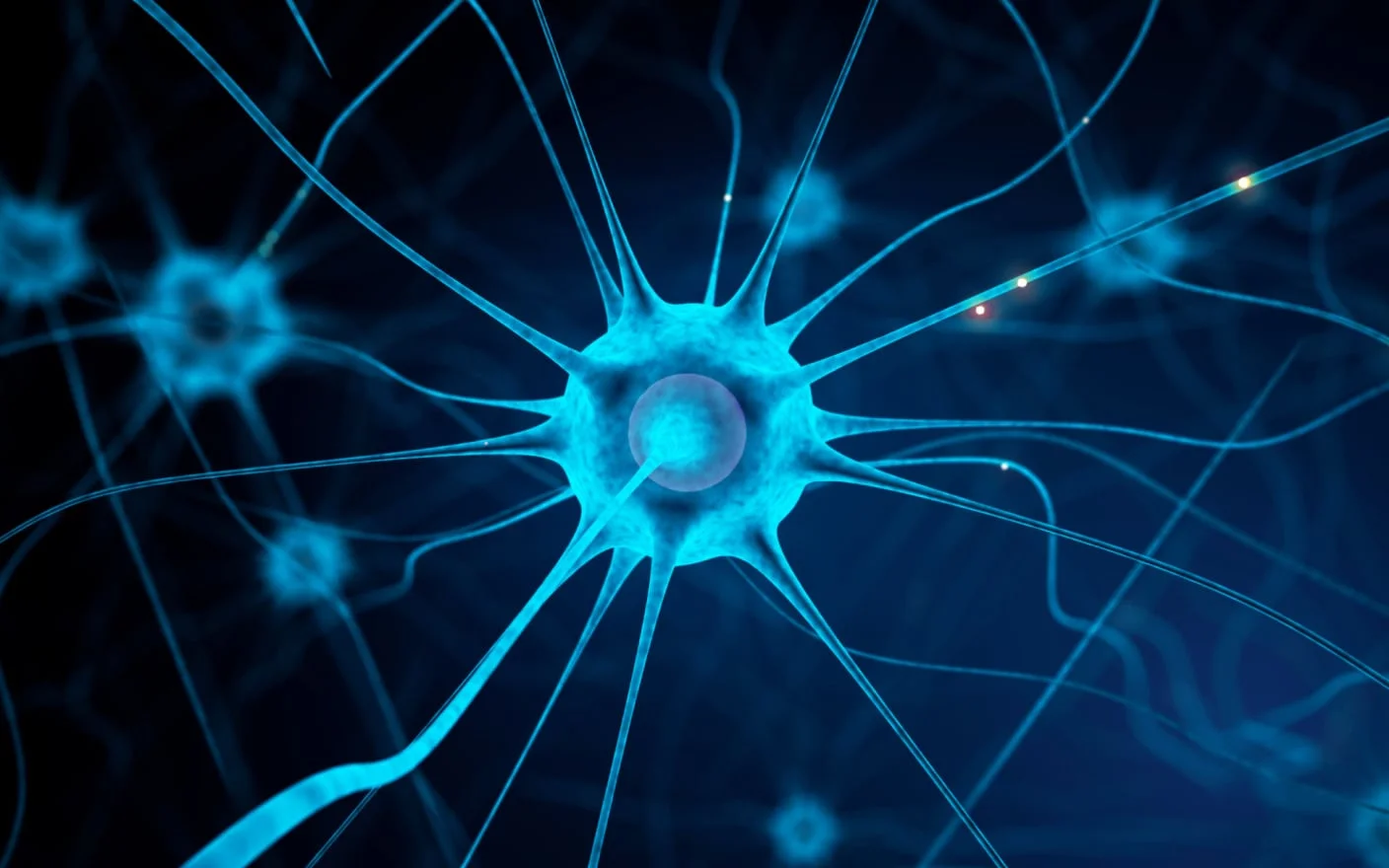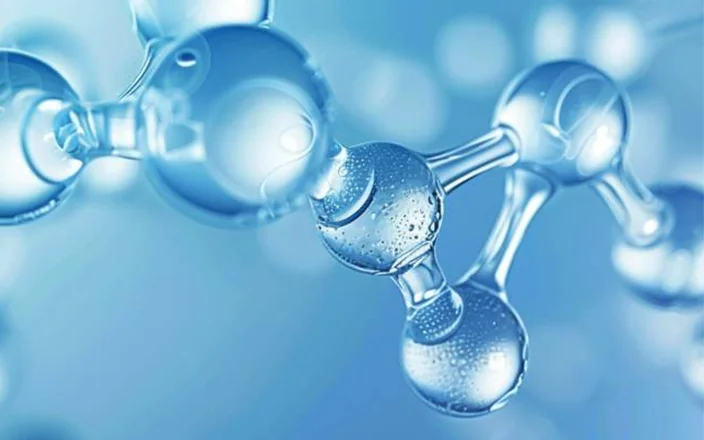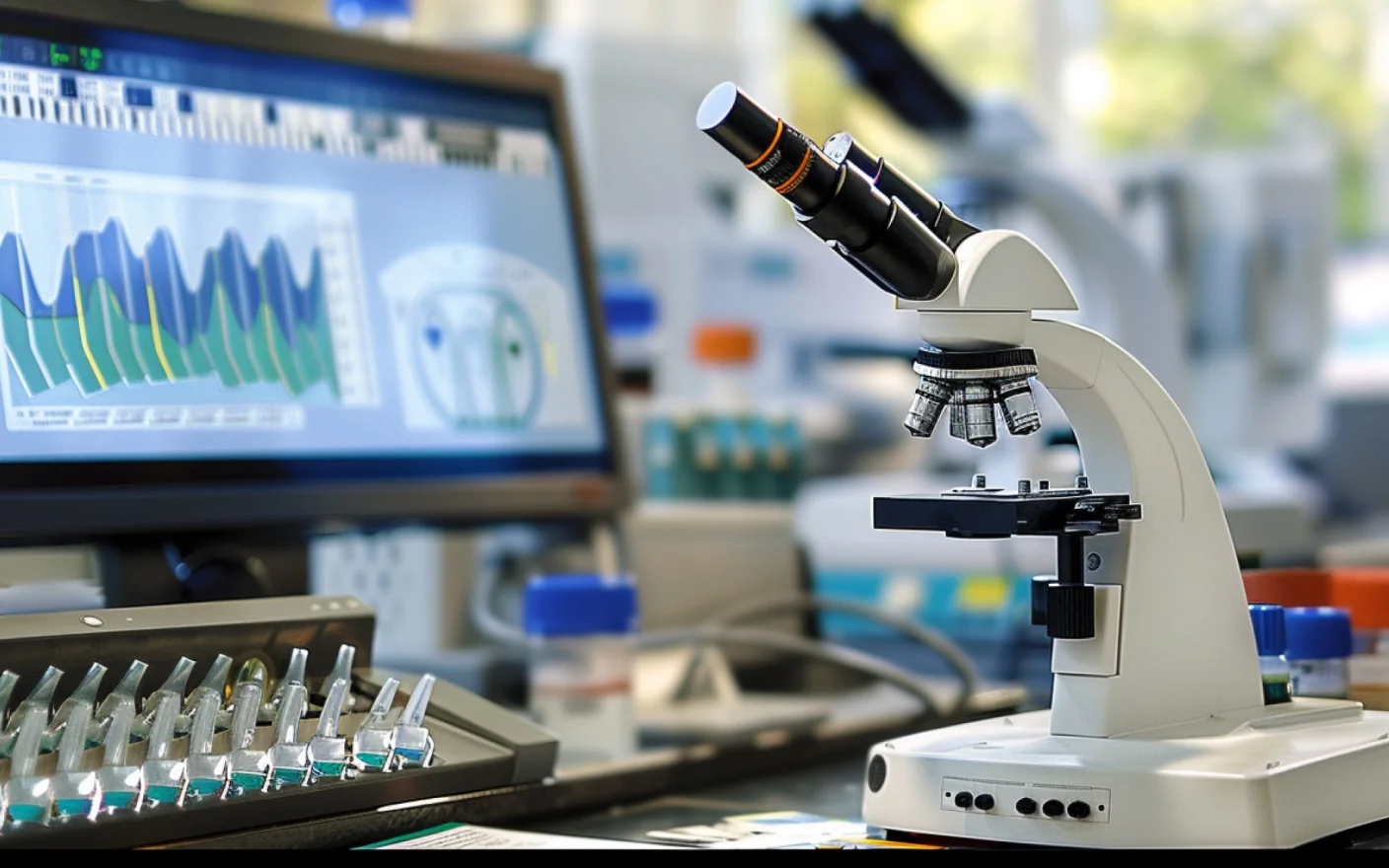◢ Drug Metab Dispos. 2014 May;42(5):839-43. doi: 10.1124/dmd.114.057224. Epub 2014 Mar 4.
Ke Li1, Sylvia Zhao2, Lingling Zhang, Xiaoyun Wu, Pan Shu, Yang Wang, Hao Feng, Zheming Gu, Helen Han Hsu
1Drug Safety Sciences Asia Pacific, Janssen Research & Development, Shanghai, China (K.L., S.Z., X.W., Y.W., H.H.H.) and XBL-China, Nanjing, China (L.Z., P.S., H.F., Z.G.)
2Current affiliation: Oncology Translational Medicine, Novartis Institutes for BioMedical Research, Shanghai, China.
Abstract
It has been proposed that in humans 4β-hydroxycholesterol is formed mainly by CYP3A-catalyzed metabolism of cholesterol and thus may serve as an endogenous marker for CYP3A activity. The cynomolgus monkey is widely used as one of the nonrodent preclinical safety species in pharmaceutical research. In the current study, the potential application of 4β-hydroxycholesterol as an endogenous biomarker of CYP3A in response to drug treatment was evaluated in cynomolgus monkeys. Following multiple oral administration of rifampicin (a known CYP3A inducer) at 15 mg/kg/d in cynomolgus monkeys, the mean serum 4β-hydroxycholesterol levels increased 4-fold from the baseline of 55.3 ± 21.7 to 221 ± 53.4 ng/ml. The mean concentration ratios of 4β-hydroxycholesterol to cholesterol increased 5-fold. The data suggest that 4β-hydroxycholesterol formation from cholesterol metabolism was induced by rifampicin treatment in monkeys. This observation correlated with the metabolism of midazolam (a probe substrate of CYP3A activity) monitored in the same study. The serum exposure (area under the curve) of midazolam was markedly decreased by ∼95%, confirming the induction of CYP3A catalytic activity by rifampicin treatment in monkeys. The formation of 4β-hydroxycholesterol from cholesterol was specifically mediated by recombinant cynomolgus CYP3A8 and CYP3A5. The Km values of CYP3A8 and CYP3A5 for 4β-hydroxycholesterol formation from cholesterol were 204 and 104 μM, respectively, and Vmax values were 0.600 and 0.310 pg/pmol/min, respectively. The results suggest that 4β-hydroxycholesterol can be used as an endogenous biomarker to identify strong CYP3A inducers in cynomolgus monkeys, which may help to evaluate drug-drug interaction potential of drug candidates in preclinical settings.
Abbreviations
AUC (area under the serum concentration–time curve)
CV% (coefficient of variance)
ESI (electrospray ionization)
LC-MS/MS (liquid chromatography–tandem mass spectrometry)
MRM (multiple reaction monitoring)
P450 (cytochrome P450)
PXR (pregnane X receptor)
QC (quality control)
t1/2 (terminal half-life)
Stay Connected
Keep up with the latest news and insights.










